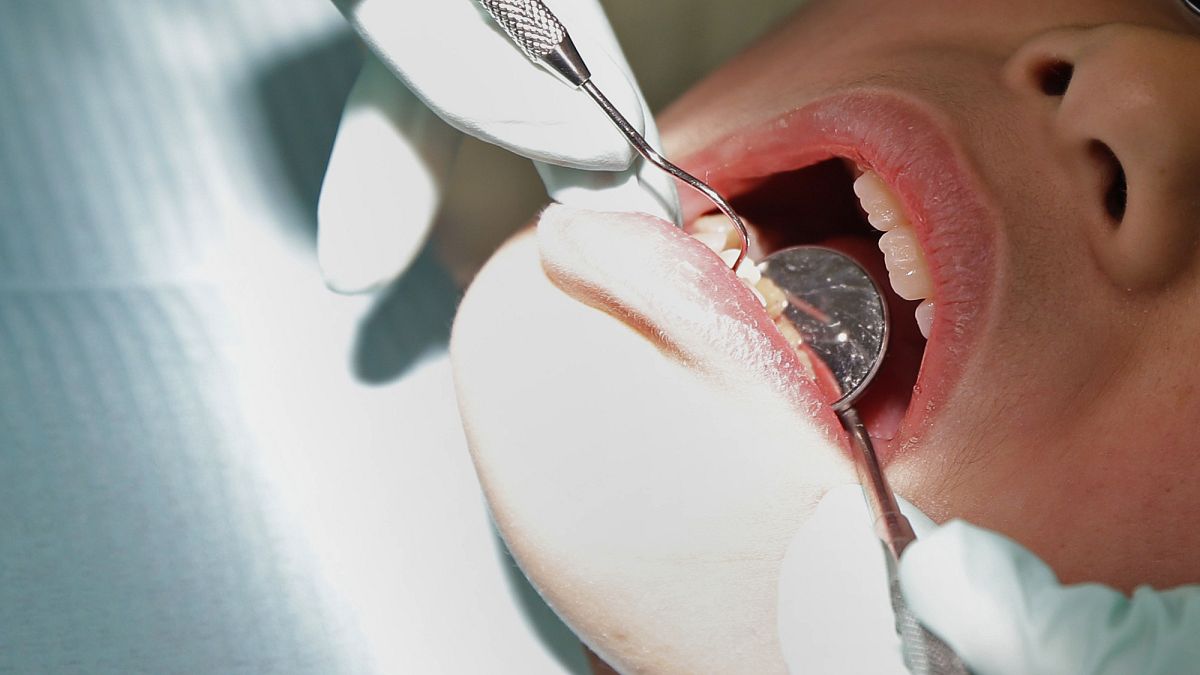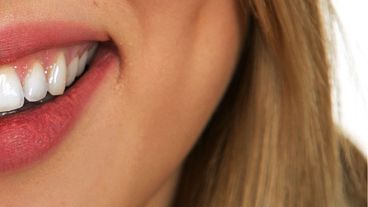EU seeks mercury-free environment by phasing out dental amalgam, the largest remaining use of the toxic metal in the continent.
European Parliament representatives and the Belgian EU presidency clinched a political deal (8 February) on rules to ban the use of dental amalgam from the beginning of next year.
Current rules forbid the use of amalgam for treating children under 15 years old and pregnant or breastfeeding women. This prohibition will be extended to every EU citizen once the political deal is formally approved by the Parliament and EU ministers in the coming weeks.
Some limited exceptions to this ban will continue where deemed strictly necessary by dentists.
“This is an important step towards a mercury-free future. I am very pleased with the result - because we have ensured that such dental amalgam may only be used in medically necessary cases,” said Marlene Mortler (Germany/EPP) who led talks for the parliament.
Dental amalgam - elemental mercury bound with metals such as silver, tin, copper, and zinc - is commonly used to fill teeth. Cremated corpses including such fillings emit mercury from crematoria.
An EU-wide policy to control mercury emissions from crematoria through mandatory use of abatement technology was considered too expensive by the commission when proposing the rules, opting instead to phase out the medical treatment as mercury-free alternatives for patients are available.
In 2013, EU countries committed to the Minamata Convention, an international treaty to protect human health and the environment from adverse effects of mercury. As a follow-up, the European Commission presented the EU mercury regulation in 2017 to limit and phase out the use, manufacturing, and export of mercury and mercury-added products.
Dental amalgam is the largest remaining intentional use of mercury in the Union estimated at around 40 tons in 2019.
Mitigating socio-economic consequences
In some EU countries, dental amalgams remain the only publicly reimbursed treatment material with up to 90% of patients ineligible to be reimbursed for other types of filling, leaving the poor disproportionately affected by the ban.
Lawmakers agreed on an 18-month derogation that will push back to 30 June 2026 the entry into force of the ban for those countries that have to adjust their reimbursement systems to cover alternatives.
“After all, the ban on dental amalgam must not mean that low-income EU citizens can no longer afford adequate dental treatment in these countries,” Mortler said.
Likewise, the exemptions for vulnerable groups and the derogations for some countries were welcomed by Dympna Kavanagh, chair of the Platform for Better Oral Health in Europe.
“Low-income and marginalized populations must not be left behind in this reform,” she told Euronews.
The export of dental amalgam is also prohibited from 1 January 2025, as it constitutes a significant cause of mercury pollution in third countries often lacking resources to ensure the environmentally sound management of waste.
Manufacturing and import into the EU of dental amalgam will also be prohibited from 1 July 2026, despite the calls of the EU ministers to wait for 2028.



